READY TO HANG
Out of the box, all LUMAS artworks are ready and easy to hang.
SECURELY PACKAGED
LUMAS works are always packed to the highest standard to make sure it arrives as perfectly as it leaves us.
ARTIST SUPPORTED
Your purchase supports the free and independent work of your favorite artist.
14 DAY RETURNS
Easy 14 day returns to make sure you are satisfied with every purchase.
BACKGROUND INFORMATION
Atlases of Space
Why is mars red, yellow, and blue? Where does the face on the moon come from?
The relationship of some scientists to the moon and mars is like hippies to their old VW buses: You can’t really love them because they are far too uncomfortable, but you give them a motley cover of paint anyway. The motivation behind both of these creative acts is that of classification: in the case of astrogeological maps the differentiation and the evolutionary history of the planet’s rock is made clear.
The maps – like the hippie movement – are historical. They were developed from 1971 through 1998 on NASA’s behalf and present the United States Geological Survey’s (USGS) knowledge and understanding of the formation of what has become stone in our solar system. Thus the space atlases were developed. They still aid in mission planning and determining which spots are suitable landing areas for manned and unmanned reconnaissance trips. Astrogeologists play a significant role during astronaut training as well. In the sixties, the Apollo lunar landings were practiced in the Grand Canyon under their guidance.
The surfaces of the moon and mars tell a long story. The highly complex images in the astrogeological maps result from the clear colors assigned to each rock formation corresponding to details of its date of origin and state of erosion.
A significant break can be documented due to violent volcanic activity on both planets about 3 billion years ago. The huge craters from collisions with meteorites ran full with lava. Researchers call the resulting plains "maria" (Latin for "seas") characterized by an enclosing ring-shaped mountain range. In the case of the moon this edge is made of lunarite, the bright moon rock. The maria are filled with volcanic basalt similar to terrestrial basalt, called lunabas or dark moon rock. The moon’s familiar face comes from the effect of contrasting colored craters in sunlight.
Glass-like inclusions in the rock indicate the moon cooled rapidly after the violent eruptions. In addition, significant amounts of iron and magnesium can be found. Water was, as far as we now know, never to be found on the moon, in great contrast to mars. Riverbeds on mars indicate the source of life flowed plentifully. Ice can be found in the rocks and on the polar caps. Today nothing is liquid on the Martian surface. Red dust covers most surfaces; constantly blown around by the violent storms, chasing it through the cold stone seas and rugged mountains with up to 200 km/h. Mars also appears quite red through the telescope. The explanation for this phenomenon is rust. Here, astrogeology has done all the work to draw a great secret from the stone: When rust is found in a material, it must have undergone corrosion at some point in time. Necessary are thus water and humidity presupposing a warmer, more humid climate. Good reasons for the modest assumption that the life on mars was possible. Which also gives reason for further missions, in which the astrogeologist is decisively involved.
The maps are reminiscent of the ligne claire, probably the most successful style of comics and a significant influence on American Pop art. Hergé’s heroes, Tintin and Snowy, are the comic legends of the Explorers on the Moon. Professor Calculus, in preparation for a mission, chose a geologically conspicuous crater as a landing site – a total, fictitious success: The colorful troupe discovers ice in a cave long before real Americans ever set foot on the moon. In honor of all of the explorers and thanks to over 80 researchers, today the moon and mars illuminate a LUMAS Science Edition in the colors of Pop art.
Horst Klöver


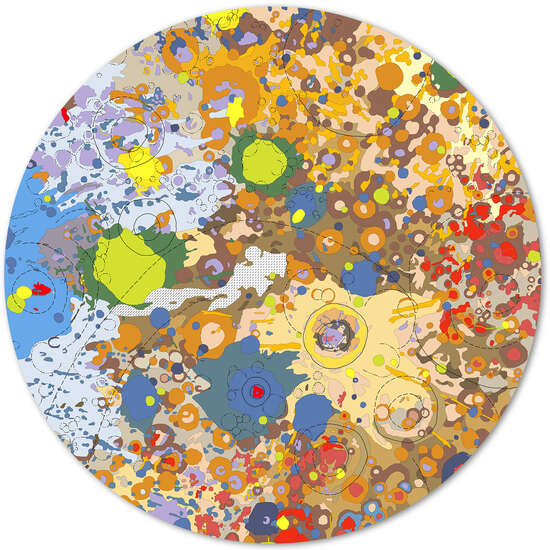
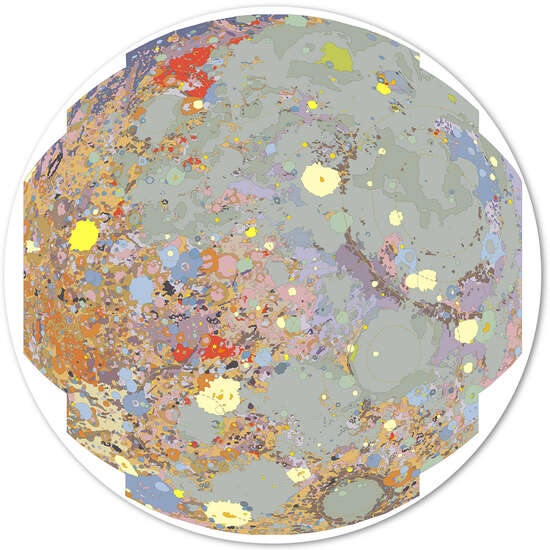
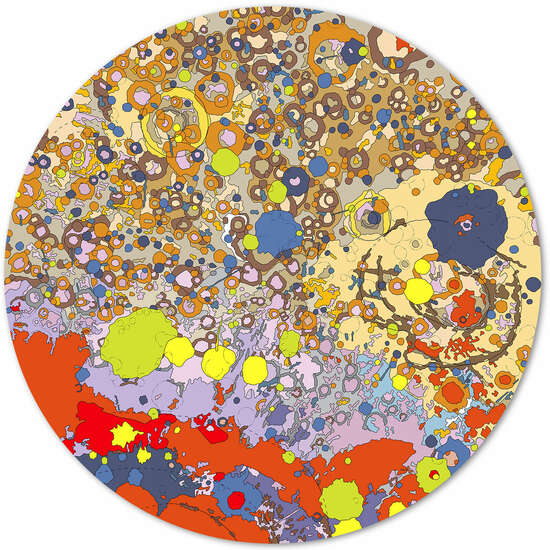

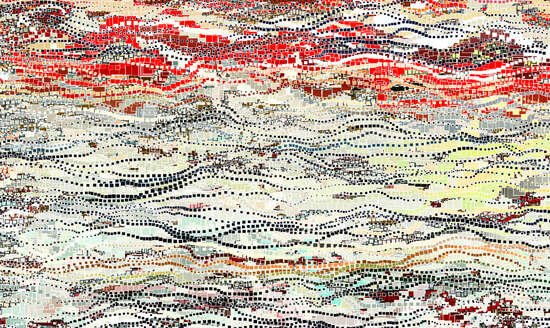
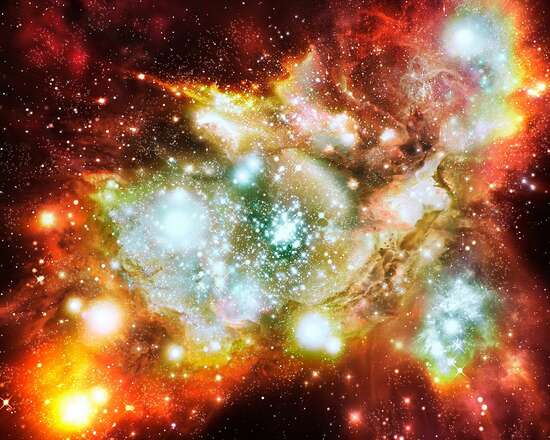

 No thanks, I would like to stay on this site.
No thanks, I would like to stay on this site. Yes, I would like to switch.
Yes, I would like to switch.